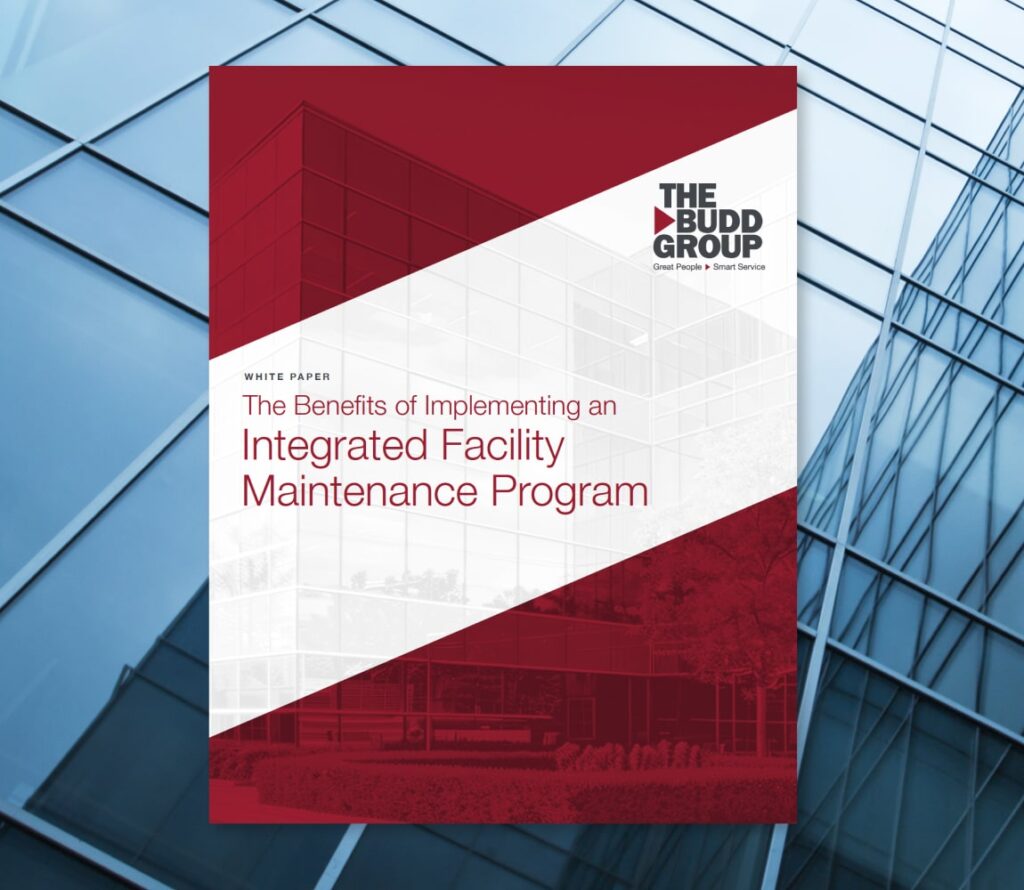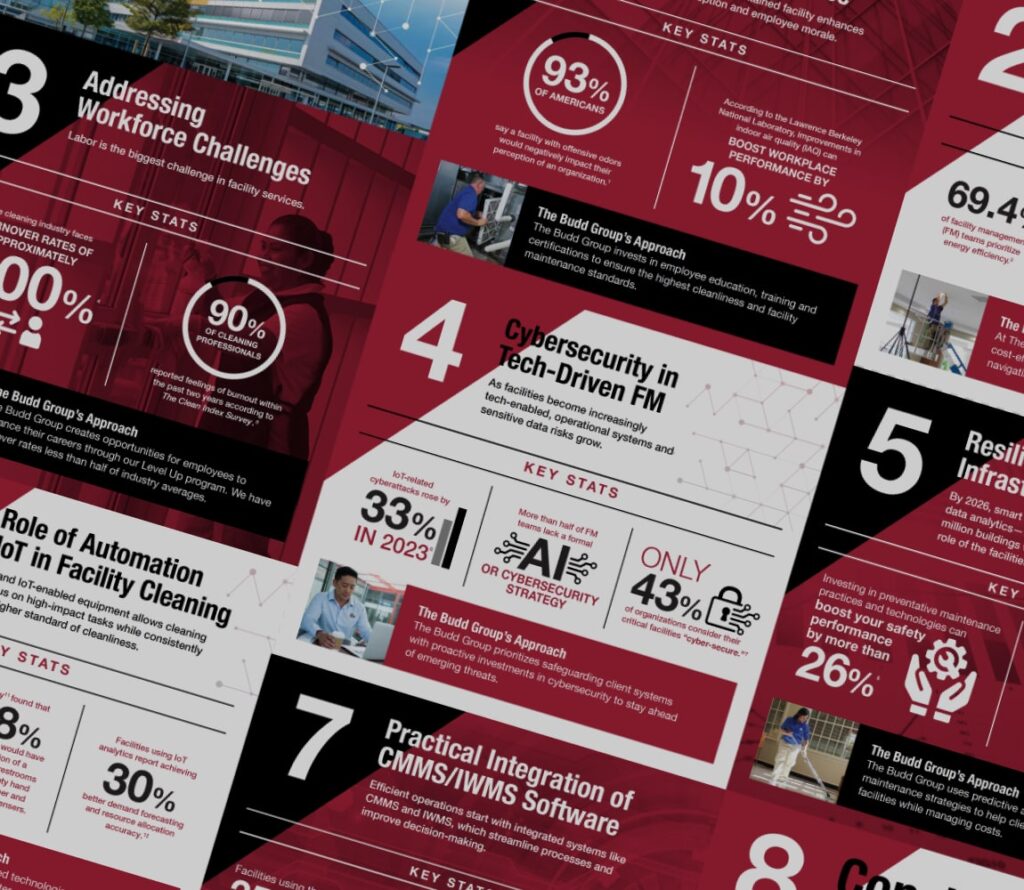The primary challenge facilities face in keeping surfaces clean and properly disinfected is verifying whether or not their efforts have been successful, and to what degree. Knowing this information is crucial for ensuring and maintaining a safe and hygienic work environment. As such, disinfection verification has long been in place for certain industries, such as food/beverage manufacturing plants, pharmaceutical/biomedical labs, healthcare, etc. But with the ongoing SARS-CoV-2/COVID-19 pandemic, businesses in all industries now have a greater stake in these matters. So, how do professional disinfecting services determine the general cleanliness and/or number of microbes lingering on surfaces? Here we will go over the three main verification methods available, how they work, and their pros and cons.
How to Effectively Implement Commercial Disinfection
Swab and Culture
The most effective (and expensive) way to verify and classify microbial contamination is via direct swab and culture testing. This pinpoint methodology is commonly used in the food and beverage industry. The culture generates key data such as total microbe count, specific pathogen identification, and whether or not these organisms are alive. However, it takes time for disinfection companies to properly analyze the culture and extract its data, meaning this method is retrospectively useful rather than purely preventative.
ATP/Lumniomonitor Testing
ATP stands for Adenosine Triphosphate, which is essentially the energy molecule shared by all living organisms. By contacting a surface with an ATP liquid device, emitting light directly on the sample, and analyzing the data with the proper software, ATP/Lumniomonitor testing delivers fast, real-time data that indicates how many microbes are currently present on a given surface. That said, this method does not verify whether or not the microbes are living or dead. Still, ATP testing reveals whether or not a surface has been thoroughly cleaned, making it a useful tool for disinfecting cleaning services.
Fluorescent Marking Spray and UV Black Light (VERICLEAN)
Diversey’s VERICLEAN is the most cost-effective cleaning validation method when compared to the previous two. While fluorescent marking cannot deliver the level of detailed data offered by ATP or swab testing, it works instantly and clearly indicates a surface’s current level of cleanliness. This method mimics a sneeze, delivering a fluorescent spray towards a surface that can only be seen under ultraviolet black light, which allows the viewer to clearly see the quality, or lack thereof, of a cleaning job. Additionally, Diversey offers auditing tools that help facilities target areas of improvement to help them optimize cleaning practices and reduce the spread of infection, such as COVID-19.
Which Method Wins?
Each of the verification methods outlined above contains unique pros and cons which must be weighed accordingly by each facility based on its particular needs and challenges. In other words, no method is inherently better than another — it all depends on the situation. If your business has a limited budget, VERICLEAN offers a cheap yet effective solution; if you’re in the food and beverage industry and must meet certain hygienic requirements, you may need to rely on traditional swab and culture and/or ATP testing. And if you’re unsure, reach out to reliable cleaning and disinfection services. Here at The Budd Group, we tailor all of our services according to each client’s needs, so we can provide the optimal verification testing method for your facility when you need it.

